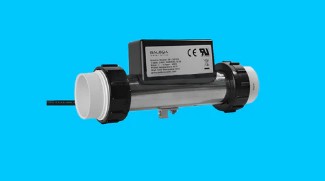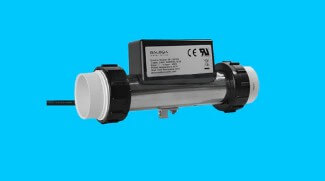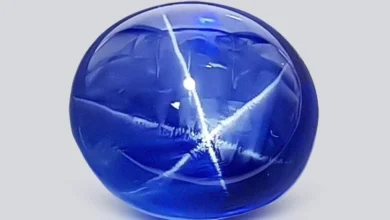How to Drain a Whirlpool Water Heater: Step-by-Step Guide


Draining your Whirlpool water heater isn’t just a good idea—it’s a smart move for keeping things running smooth. Over time, sediment builds up inside the tank. If you don’t flush it out, it can cause all kinds of problems like poor heating, odd noises, and even higher energy bills. Luckily, draining your water heater is something most folks can do with just a bit of time and a few basic tools.
Let’s walk through how to get it done without breaking a sweat.
Why Draining Matters
Before diving into the how-to, let’s talk about the why. Water heaters deal with mineral-rich water every day. Over time, minerals like calcium and magnesium settle at the bottom of the tank. This creates a layer of sludge that can lower heating efficiency and shorten the life of your unit.
A quick flush once or twice a year clears all that gunk out. It also helps the heater run quieter and cuts down the wear and tear on the system.
Step 1: Turn Off the Power or Gas
First things first—safety. If your Whirlpool water heater is electric, go to your home’s breaker panel and flip off the circuit labeled for the water heater. If it’s gas-powered, switch the gas valve to “pilot” mode or shut off the gas supply entirely.
Let the water cool for a few hours. You don’t want to mess with hot water during this process.
Step 2: Turn Off the Water Supply
Next, shut off the cold-water valve at the top of the heater. This stops more water from entering the tank while you’re trying to drain it.
You can also open a hot water faucet somewhere in the house—like your kitchen sink—to relieve pressure and help the draining process go faster.
Step 3: Hook Up a Hose
At the bottom of your water heater, there’s a drain valve. Connect a standard garden hose to this valve and run the other end to a floor drain, outdoor area, or large bucket. Make sure the hose is tight and in place—no one wants a surprise puddle.
Open the drain valve slowly. If nothing comes out, you may have a vacuum lock. To fix that, open the temperature-pressure relief valve (usually near the top of the tank) or open more faucets in the house.
Step 4: Let It Drain
Now just let the water drain out. It may come out cloudy or rusty at first. That’s the sediment getting flushed from the bottom of the tank. You’ll know it’s done when the water starts flowing clear and you hear less popping or rumbling sounds from the tank.
Give it at least 15–30 minutes, depending on how much build-up your system had.
Step 5: Flush It (Optional but Recommended)
Once most of the water is out, turn the cold-water valve back on for a minute or two. This quick flush helps knock out any leftover debris. Let the water flow until it’s clear again, then shut the valve off and let the rest drain.
This step makes a big difference, especially if it’s been a while since your last flush.
Step 6: Close Everything Back Up
Once you’re sure all the sediment and water are out, close the drain valve and remove the hose. Make sure everything is tight and dry—no leaks.
Close the pressure relief valve if you opened it earlier. Then, turn the cold-water supply back on and allow the tank to refill. Open a few hot water faucets in your home to let the air escape from the system. Once water is flowing steadily from the taps, you’re good to go.
Step 7: Restore Power or Gas
Now that the tank is full again, go ahead and flip the breaker back on or relight the gas pilot. Your Whirlpool water heater should kick back into action within minutes.
Be sure to listen for any odd sounds, watch for leaks, and confirm that hot water returns within the next hour.
Bonus Tip: Keep Other Systems Running Smooth
If you’re maintaining your water heater, it’s a good time to check other plumbing-related parts in your home. For example, components like American Standard whirlpool tub parts can also benefit from routine inspection and cleaning.
If your tub isn’t draining right or seems sluggish, mineral buildup could be part of the problem there too. Keeping everything in top shape means fewer surprises down the line.
Final Thoughts
Draining your Whirlpool water heater might sound like a chore, but it’s one of those simple maintenance tasks that pays off big in the long run. Clean water, better efficiency, and fewer repairs? That’s worth an hour of your time. So grab that hose, roll up your sleeves, and give your system a little TLC—you’ll be glad you did.




